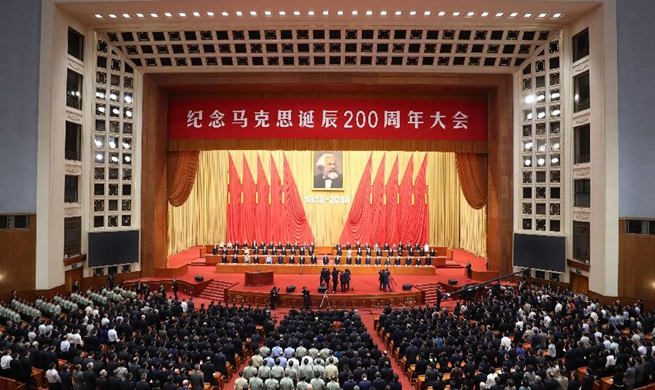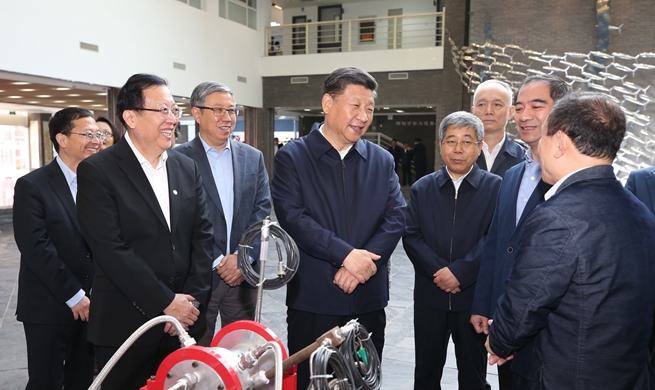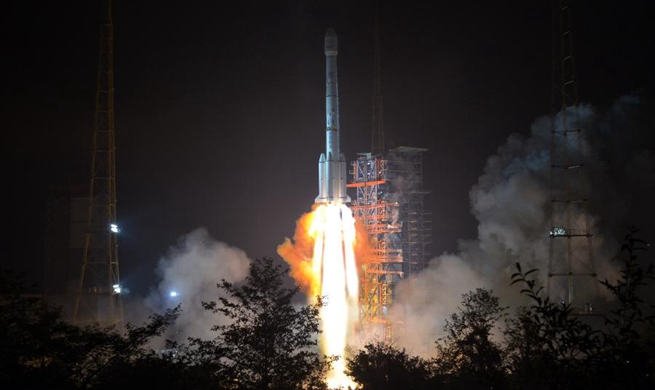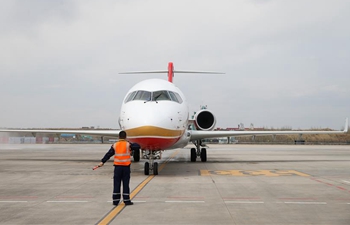KUALA LUMPUR, May 4 (Xinhua) -- Malaysia's exports in March rose 2.2 percent year-on-year on higher manufactured goods shipment, an improvement from the 2 percent contraction in the previous month.
According to the Ministry of International Trade and Industry Malaysia data, exports growth was supported by higher shipments of manufactured goods, which was up 3.7 percent. Electrical and electronics products remained the major driver, rising 8.7 percent.
Exports of mining goods expanded 1.5 percent, supported by higher exports of crude petroleum. Shipments of agriculture goods, however, slumped 11.2 percent, dragged by lower exports of palm oil and palm oil-based agriculture products as well as natural rubber.
Regionally, the exports growth was supported mainly by higher exports to Hong Kong, the European Union (EU), India, South Korea, Taiwan and South Africa, said the ministry.
Meanwhile, imports in March fell 9.6 percent annually.
Total trade for the month also dropped 3.5 percent year-on-year to 154.25 billion ringgit.
As for the first quarter, total trade grew 2.5 percent to 430.5 billion ringgit. Exports increased by 5.8 percent year-on-year, while imports fell 0.8 percent. A trade surplus of 33.37 billion ringgit was recorded for the period.
While March exports growth was in line with Affin Investment Bank's chief economist Alan Tan expectation, he said the sharp drop in imports was disappointing as exporters seem to have turned cautious on future demand amid the potential trade war.
However, he remains positive on Malaysia's trade outlook.
Tan maintains his exports growth forecast this year at 7 percent, and domestic product growth forecast at 5.3 percent.
"We are still projecting a positive single digit growth for the world economy, based on the forecasts of the International Monetary Fund and the World Bank," he told Xinhua over the phone.
Although the March exports growth was below expectation, RHB Research Institute's senior economist Vincent Loo makes no change on his full-year exports growth forecast of 6.5 percent, as his forecast is already conservative when compared with peers.
"We expect a slowdown in trade following the normalization in global trade," he told Xinhua.
As for the imports contraction, he believed the strengthening ringgit this year may also be a key factor. However, he foresees the currency factor to fade away in the following months.

















